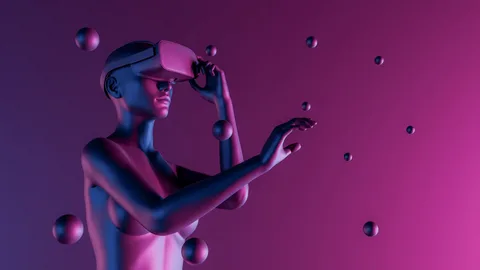Introduction
In the dynamic realm of digital art, a groundbreaking revolution has taken shape in the form of Non-Fungible Tokens (NFTs). This article delves into the world of NFTs, exploring their impact on the art industry, the challenges they present, and the transformative possibilities they offer.
Defining NFTs
Non-Fungible Tokens (NFTs) are unique digital assets that represent ownership or proof of authenticity of a specific item or piece of content, often digital art. Unlike cryptocurrencies such as Bitcoin or Ethereum, NFTs are indivisible and cannot be exchanged on a one-to-one basis.
How NFTs Work
NFTs operate on blockchain technology, typically utilizing smart contracts to establish ownership and verify authenticity. Each NFT has a distinct and immutable identifier, making it one-of-a-kind and secure on the blockchain.
Empowering Digital Artists
NFTs have empowered digital artists by providing a secure and transparent way to monetize their work. Artists can tokenize their creations as NFTs, allowing them to retain ownership and receive royalties whenever their work is sold or resold.
Democratizing the Art Market
NFTs have democratized the art market, breaking down traditional barriers to entry. Emerging artists can showcase and sell their work directly to a global audience without the need for intermediaries, galleries, or agents.
Establishing Scarcity in the Digital Realm
One of the unique features of NFTs is their ability to establish scarcity in the digital realm. Through blockchain’s immutable ledger, artists can create limited editions or even one-of-a-kind digital pieces, enhancing the perceived value of their work.
Environmental Concerns
The process of minting NFTs, especially on energy-intensive blockchain networks like Ethereum, has raised environmental concerns. Critics argue that the carbon footprint associated with NFTs contradicts the sustainability ethos of the art industry.
Copyright and Plagiarism
The digital nature of NFTs poses challenges related to copyright and plagiarism. Ensuring that artists receive proper credit and compensation for their work requires addressing issues of intellectual property in the decentralized and often anonymous world of NFT transactions.
Market Speculation
The NFT market has witnessed bouts of speculation and volatility, with prices of digital assets fluctuating dramatically. This speculative nature raises concerns about the long-term stability of the NFT market and its impact on both artists and collectors.
Tokenizing Real-world Assets
Beyond digital art, NFTs hold the potential to tokenize real-world assets, such as real estate or even shares in physical artworks. This could revolutionize ownership structures and increase liquidity in traditionally illiquid markets.
Augmented Reality (AR) Integration
The integration of NFTs with augmented reality (AR) technology opens up new possibilities for immersive art experiences. Collectors can view and interact with their digital assets in virtual spaces, blending the physical and digital worlds.
Social Impact Initiatives
NFTs have been used for charitable initiatives and social impact projects. Artists can create NFTs specifically for fundraising purposes, with a portion of the proceeds going to charitable causes, demonstrating the potential for positive societal impact.
Conclusion
The rise of NFTs marks a paradigm shift in the art industry, offering new avenues for artists, collectors, and investors. While challenges and controversies persist, the transformative possibilities and democratization of art ownership hint at a future where creativity is more accessible and valued in the digital age.
FAQs
What makes NFTs unique in the art world?
NFTs are unique in the art world because they provide a secure and transparent way for digital artists to tokenize their work, establish ownership, and receive royalties for sales and resales.
How do NFTs democratize the art market?
NFTs democratize the art market by enabling emerging artists to showcase and sell their work directly to a global audience without the need for traditional intermediaries, galleries, or agents.
What are the environmental concerns associated with NFTs?
The process of minting NFTs, particularly on energy-intensive blockchain networks, has raised environmental concerns due to the carbon footprint associated with such transactions.
Source Links:



